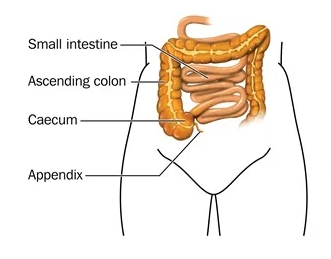There are many different physical and mental reasons why a youngster could experience pain between the bottom of the ribcage and the stomach. The majority of stomachaches go away on their own without needing to be treated, but occasionally a serious medical condition is to blame. The majority of stomachaches go away on their own without need for treatment, but occasionally there is a serious physical cause. You should be aware of the signs that may signal such an illness so that you may feel secure in addressing the far more likely lesser diseases. Because newborns and toddlers are unlikely to complain of stomach aches, the question on this questionnaire primarily applies to children over the age of 2. Consult your doctor, however, if you think your child, who is under two, is experiencing abdominal pain.
CAUSION!
Warning signs
You should watch out for the following indications of a potentially dangerous illness if your child complains of abdominal pain.
-
- Stomach pain that worsens and lasts for 3 hours or longer
-
- Discomfort and enlargement in the testicles or groin
-
- Vomiting that doesn’t stop pain after 3 hours
-
- Vomit greenish-yellow substance
Take your child to the doctor right away if they show any of these symptoms.
Appendicitis discomfort
Children’s appendicitis symptoms might differ greatly. However, the pain usually begins in the middle of the abdomen, close to the navel. and travels to the right lower abdomen. You should be particularly vigilant for any of the risk signals mentioned above if your child is experiencing this kind of pain.
Appendix removal
The appendix is often removed through surgery with the aid of a tiny camera called a laparoscope. Through the use of a specialized TV display, it allows them to view inside the body. The surgeon inserts the laparoscope through a tiny incision (cut) made in the belly button. While being directed to the appendix, the laparoscope serves as the surgeon’s “eyes.” Two further tiny incisions could be made by the surgeon to accommodate the medical equipment. The surgeon uses the tools to delicately separate the appendix from the big intestine and remove it.

